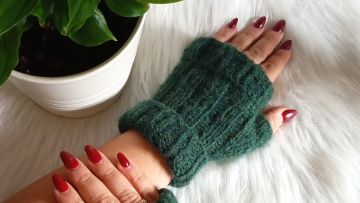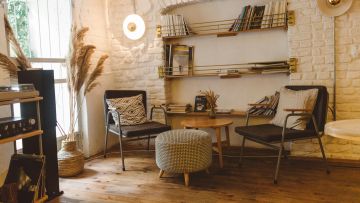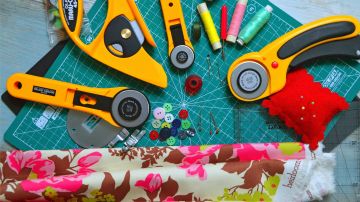Life often moves quickly, making it easy to feel overwhelmed by daily responsibilities. Stress can build up from work, family obligations, and unexpected challenges, leaving many people searching for ways to relax and reset.
Engaging in creative hobbies like knitting, painting, woodworking, or pottery provides an outlet for self-expression while offering a sense of calm. Crafting has been connected to positive mental effects like less anxiety, a better mood, and sharper focus.
In this article, we will look at how crafting can act as a stress reliever for overall well-being.
The Therapeutic Benefits of Creative Expression
The feeling of success from making something yourself is unique compared to other things you do. The process of working on a project, whether it’s sewing a quilt or molding clay into a sculpture, encourages mindfulness.
When you focus on colors, textures, and designs, you tend to forget about worries about what happened or what might happen. This level of focus helps quiet racing thoughts and promotes relaxation. Research has shown that engaging in creative hobbies can lower cortisol, the hormone associated with stress.
Many people who struggle with chronic pain or emotional distress turn to crafting as a way to regain control over their well-being. This can have both physiological and psychological benefits. It offers a natural remedy to avoid severe treatment options that can have severe consequences.
Consider chronic pain or spinal injuries, for example. Doctors usually recommend a spinal cord stimulator as the last option to deal with chronic pain, which can lead to stress. According to TruLaw, stimulators can send electrical signals to the spinal cord, which can disrupt pain signals before they reach the brain. This helps block pain signals and offers relief.
Although these medical devices can relieve pain, they have numerous risks, such as infection, malfunction, lead migration, etc., which can cause more stress. If these consequences occur due to surgical errors, improper patient selection, or defective devices, patients can file a spinal cord stimulator lawsuit. This can give them peace by ensuring they will be compensated for their suffering.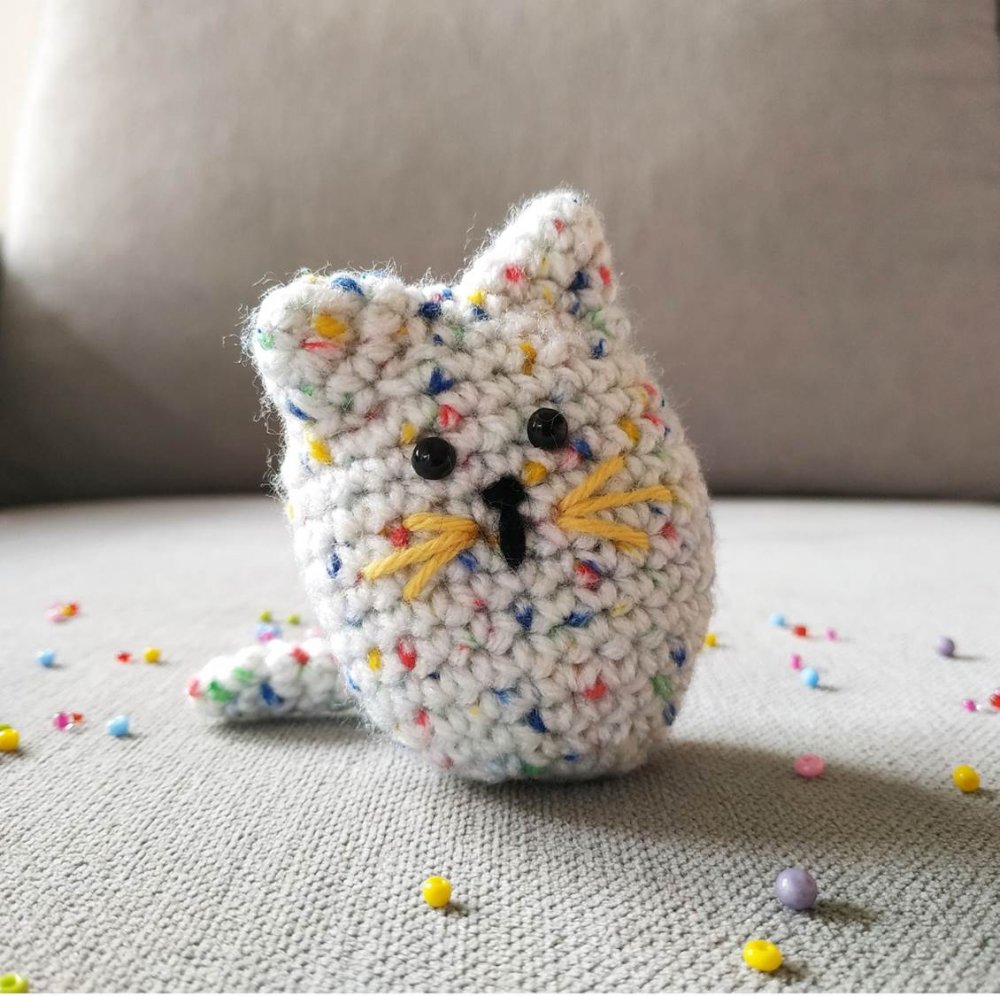
The Link Between Hands-On Activities and Mental Clarity
Engaging in crafting activities helps improve cognitive function by requiring problem-solving and concentration. When learning a new skill, the brain forms connections that strengthen memory and critical thinking. This is particularly good for older people because it can help keep their minds sharp as they age.
Repetitive motions involved in knitting, crocheting, or wood carving can be meditative. The rhythm of these activities soothes the nervous system, much like deep breathing exercises or yoga. Many people find that after spending time on a creative project, they experience a clearer mind and a sense of inner peace.
An NCBI study found that arts engagement can be a non-pharmacological approach to reducing cognitive decline. It can also improve well-being and quality of life in the elderly and patients with severe diseases. Factors like exposure to cultural activities and the group effect can determine these benefits.
Building a Supportive Community Through Crafting
Creative hobbies also provide opportunities for social interaction. Joining a knitting circle, attending a pottery class, or participating in an art workshop connects people with others who share similar interests. These connections with others can reduce loneliness and build a support network that improves emotional health.
Online communities dedicated to various crafts allow people to share their work, seek advice, and gain inspiration from others worldwide. Engaging in these groups fosters a sense of belonging, which is essential for maintaining a positive mindset.
According to HelpGuide, social interaction can help counter the fight-or-flight response responsible for stress. When you interact with people, your body releases hormones that can create a sense of calm. This is a sign from your body to drop your defenses and relax, thereby reducing stress.
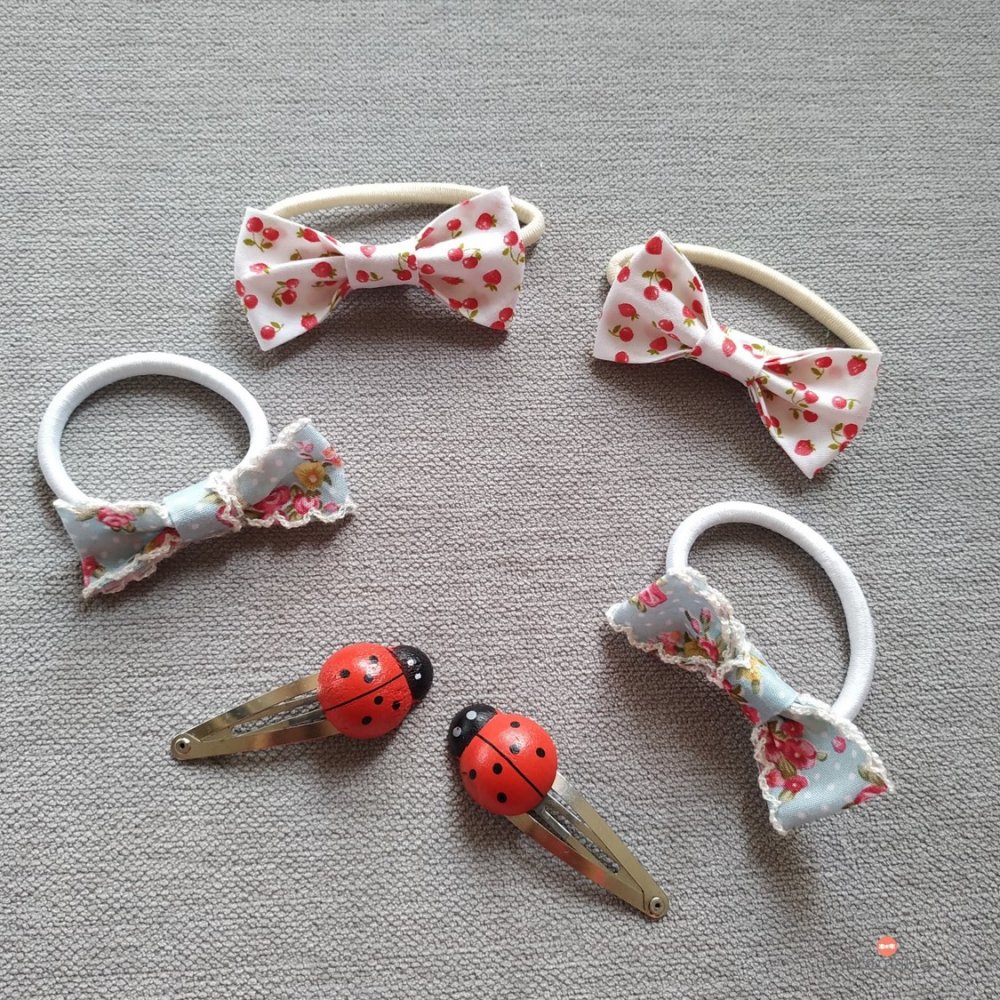
Crafting as a Lifelong Stress-Relief Tool
Unlike relaxation techniques requiring specific environments or resources, crafting can be done almost anywhere with minimal investment. Creative hobbies can fit into different schedules and lifestyles, whether it’s a small embroidery project or an elaborate painting session.
Trying out different kinds of crafts lets people discover activities they enjoy that fit their personal aims. Some may enjoy the precision of calligraphy, while others might prefer the spontaneity of watercolor painting. Regardless of the medium, the key is to engage in a process that brings joy and a sense of accomplishment.
Frequently Asked Questions
Can crafting help with sleep problems?
Yes, engaging in creative activities before bedtime can promote relaxation and improve sleep quality. The repetitive motions of knitting, painting, or sculpting can help calm the mind and reduce stress levels, making it easier to fall asleep. Don't use screens while crafting in the evening, as the blue light from devices can disrupt the production of melatonin.
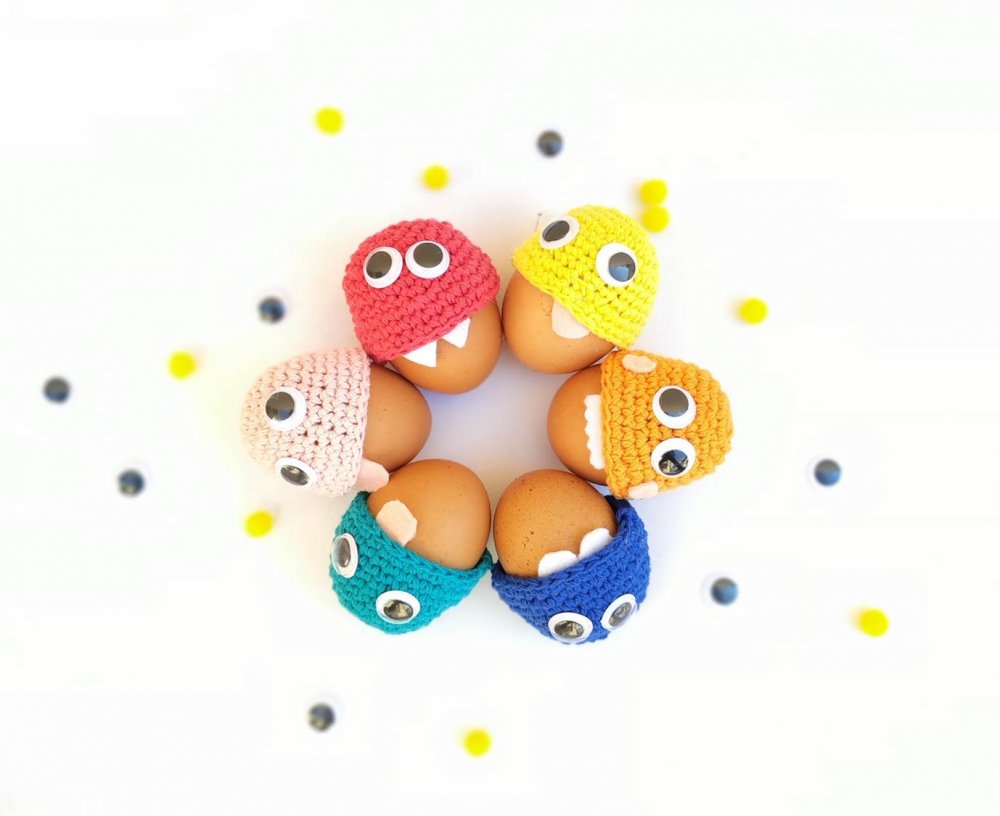
Are certain crafts better for stress relief than others?
The best craft for stress relief depends on personal preference. Some people find rhythmic activities like knitting or crocheting soothing, while others prefer expressive outlets like painting or pottery. The key is choosing an enjoyable activity that allows for a sense of flow without pressure or frustration.
Can crafting be used as a form of therapy?
Yes, many therapists use creative activities as part of treatment plans for anxiety, depression, and PTSD. Art therapy, for example, helps individuals express emotions they may find difficult to verbalize. Even outside a professional setting, crafting can be a valuable self-care practice.
How do I make time for crafting in a busy schedule?
Even with a packed schedule, setting aside 10–15 minutes daily for creative activities can make a difference. Keeping materials accessible and choosing simple projects that can be completed in short sessions can help integrate crafting into a daily routine.
As people deal with the difficulties of life, it's important to find healthy ways to handle stress. Crafting offers a simple yet powerful way to unwind, refocus, and create something meaningful. Making time for creative expression can lead to lasting improvements in emotional and mental well-being, providing a valuable tool for stress relief.

